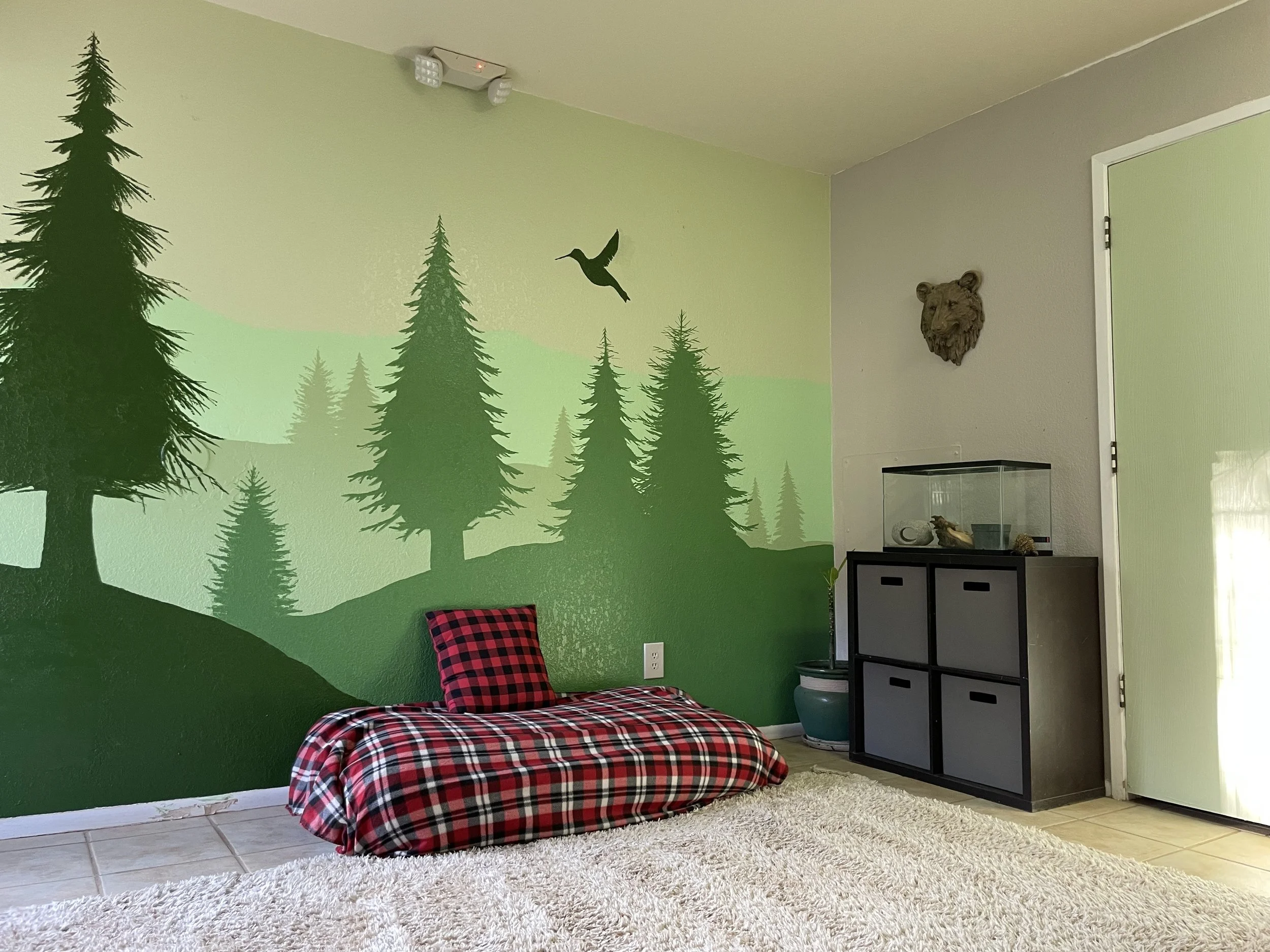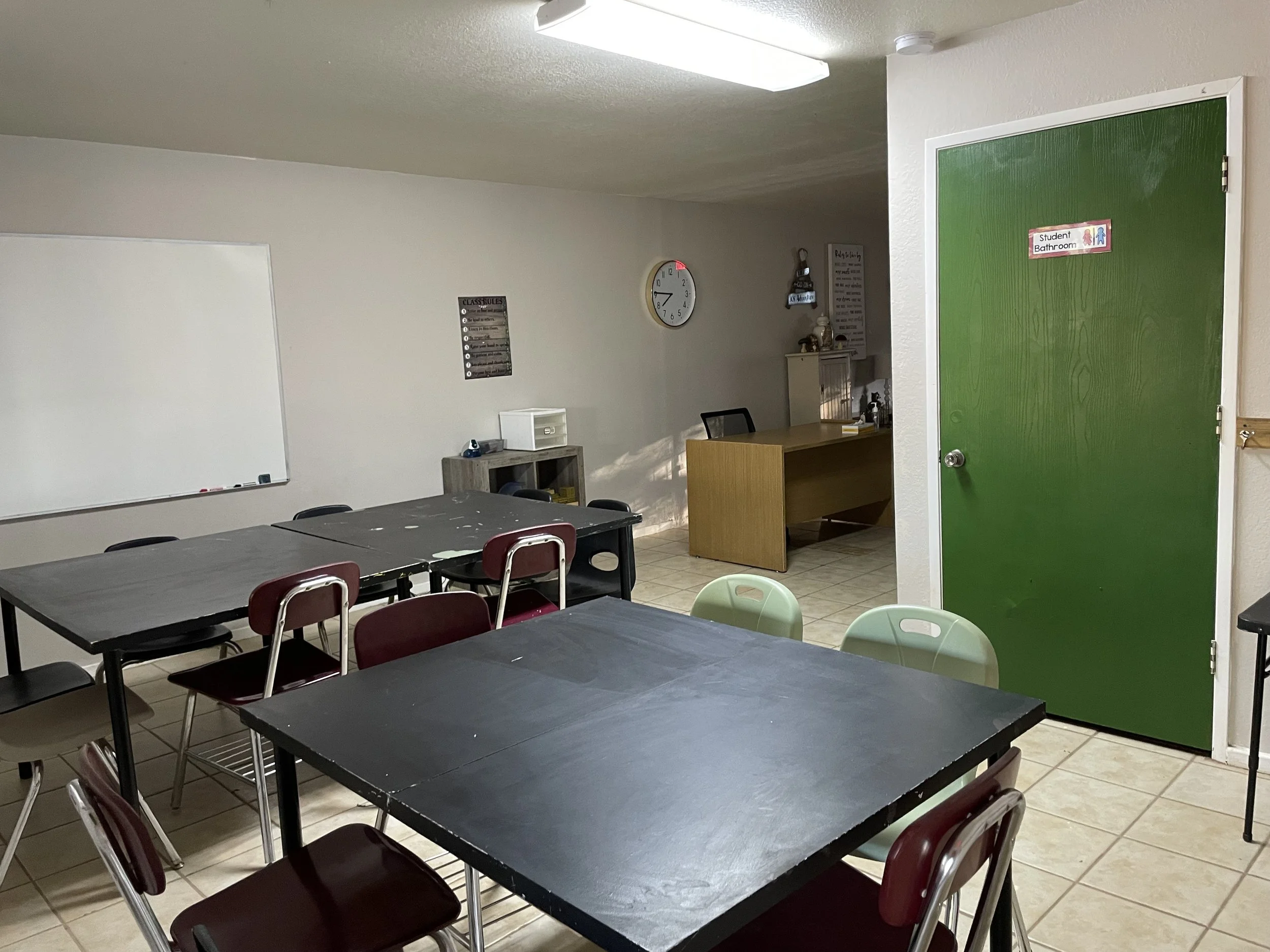
2ND GRADE
Forest Navigators
Exploring Forest Wonders
In 2nd Grade: Forest Navigators, students delve into the intricate world of woodlands, studying tree anatomy, forest critters, and seasonal changes. They venture into nearby oak and pine groves, observing how light filters through the canopy and listening to the symphony of birdsong.
Through bark rubbing art projects, spotlight walks, and storytelling about local forests, children hone observational skills and strengthen creative expression. This immersive, hands-on approach nurtures both scientific inquiry and a lasting respect for forest ecosystems.

Biome Overview
Temperate forests are dynamic habitats rich with towering trees, understory plants, and diverse wildlife. With distinct seasons, these ecosystems demonstrate cycles of growth, decay, and renewal that sustain life year-round.
Key Concepts
Photosynthesis and energy flow
Forest layers: canopy, understory, forest floor
Biodiversity and species interdependence
Decomposition and nutrient cycling
Indigenous knowledge of forest stewardship
Focal Points
-

Internal
Who Are We?
Guided forest meditations help students tune into their senses, listening for rustling leaves and feeling the bark’s texture, building self-awareness in nature’s classroom.
-

External
Who Lives Here?
Learners identify native trees and animals, like oaks, ferns, squirrels, and owls, and explore stories about forest guardians.
-

Metaphysical
What’s Happening?
Students track seasonal changes by measuring leaf litter depth, tracking sap flow in spring, and charting rainfall’s effect on growth.
-

Interconnection
How Are We Connected?
By mapping food webs and water cycles, children discover how each organism and element, from mushrooms to moisture, interacts within the forest community.
Subjects & Learning Domains
-
Forest themed obstacle courses and tree hugging stretches build coordination, balance, and an embodied connection to the woodland environment.
-
Interactive read alouds of forest folktales and nature poems spark early literacy and cultural understanding as students act out animal roles.
-
Children create leaf print collages, bark rubbing sketches, and watercolor canopy paintings, translating their observations into personal artwork.
-
Hands-on labs such as tree-ring counts, insect pitfall traps, and soil pH tests, bring forest science to life and sharpen tactile investigation skills.
-
Forest diaries and labeled diagrams encourage students to capture discoveries in words and pictures, strengthening emergent writing skills.
-
Guided “sit spots” under a favorite tree and simple emotion check circles support emotional regulation and social connection through shared reflections.


